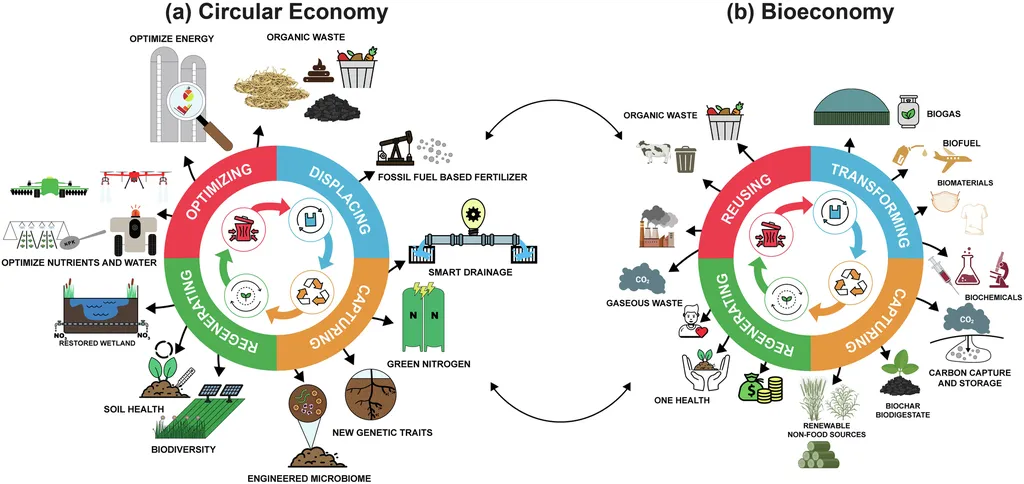In the heart of agricultural production, a silent revolution is brewing, one that promises to transform the way we view and manage waste. A recent study published in the *BIO Web of Conferences* sheds light on the untapped potential of pea processing residues, offering a glimpse into a future where waste is not just minimized but repurposed into valuable commodities. The research, led by Shelepina Natalia of Togliatti State University, explores the circular bioeconomy of pea processing residues, highlighting the environmental, economic, and social benefits of adopting a circular economy model in agriculture.
The study reveals that the current linear economic model in agricultural production is woefully inadequate, with a significant portion of grain processing waste either recycled or neutralized. However, the tide is turning, and the potential for value-added products from these residues is immense. “Applying circular economy principles to grain processing waste allows for the production of value-added products,” notes Shelepina, emphasizing the shift towards a more sustainable and profitable approach.
The research identifies several promising areas for waste recycling, including biotechnology, biofuel and bioenergy production, bioconversion, and nanotechnology. One of the most intriguing proposals is the recycling of pea shells to produce biodegradable packaging. This innovation not only addresses the environmental concerns associated with traditional packaging materials but also opens up new revenue streams for the agriculture sector.
The commercial impacts of this research are profound. By adopting a circular economy model, agricultural businesses can reduce their environmental footprint while simultaneously enhancing their profitability. The study demonstrates that the reuse of pea grain processing waste can lead to significant economic benefits, making it a win-win scenario for both the environment and the industry.
Moreover, the research underscores the importance of integrating various subsystems of agricultural production in waste management. This holistic approach ensures that every part of the production process is optimized for sustainability and efficiency. “In the near future, an approach to waste management that integrates various subsystems of agricultural production will be particularly relevant,” Shelepina asserts, highlighting the need for a comprehensive strategy that encompasses all aspects of agricultural waste management.
The implications of this research extend beyond the immediate benefits of waste recycling. It challenges the status quo and encourages a paradigm shift in how we perceive and manage agricultural waste. By embracing the circular economy, the agriculture sector can pave the way for a more sustainable and resilient future.
As the world grapples with the pressing issues of climate change and resource depletion, the insights from this study offer a beacon of hope. The circular bioeconomy of pea processing residues is not just a concept; it is a tangible reality that is within our reach. With continued research and innovation, the agriculture sector can lead the charge towards a more sustainable and prosperous future.

